
Lot 153
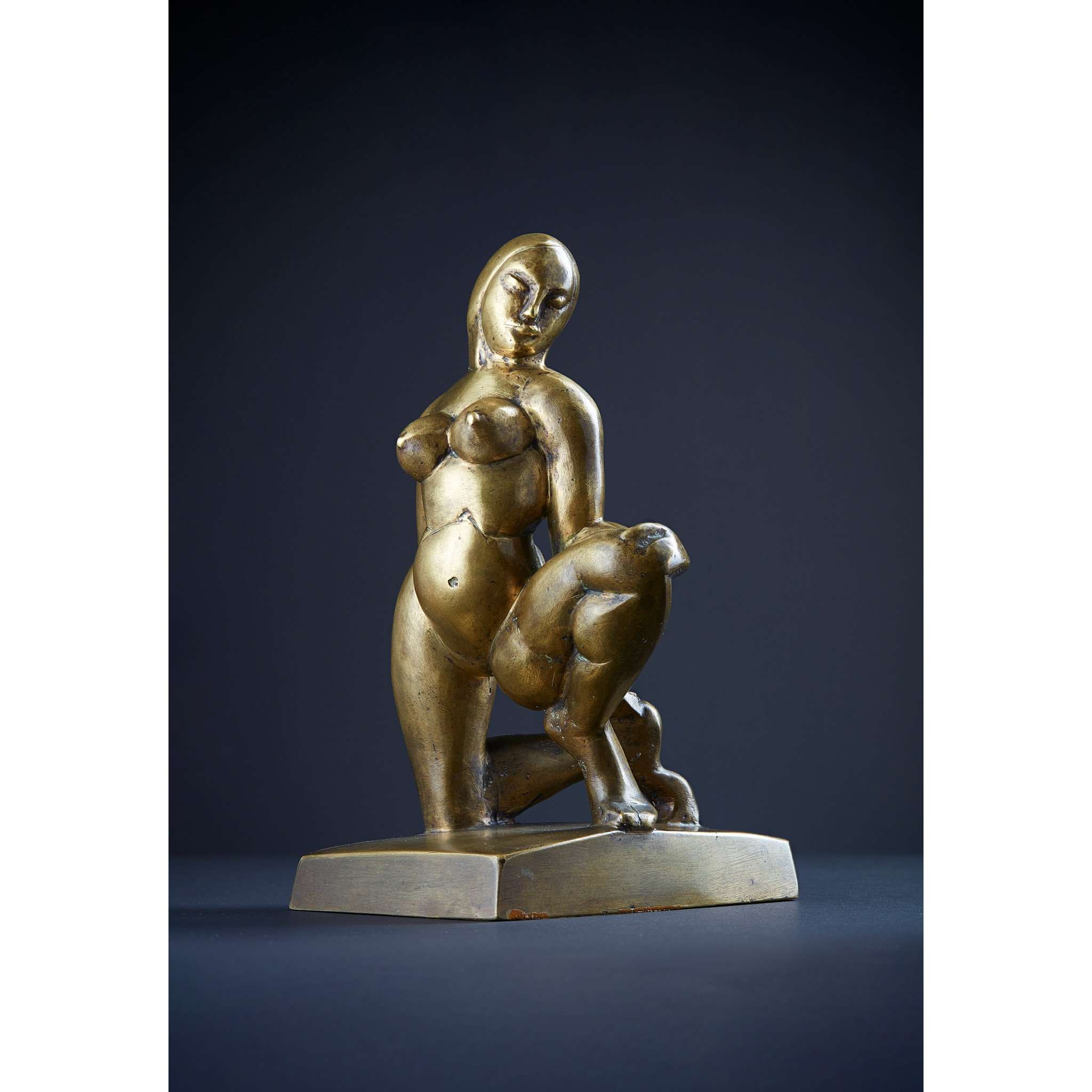
JOHN DUNCAN FERGUSSON R.B.A. (SCOTTISH 1874-1961) §
EFFULGENCE
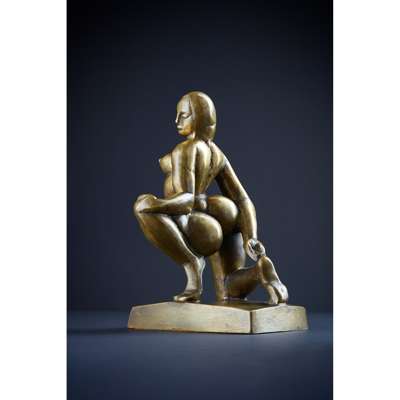
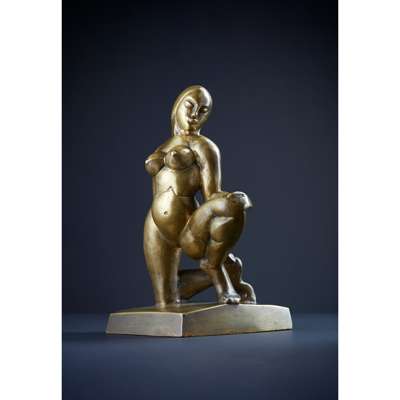


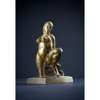
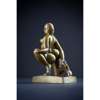
Scottish Paintings & Sculpture
Auction: Evening Sale: 10 June 2021 | From 19:00
Description
Bronze
Dimensions
21.5cm x 13.5cm (8.5in x 5.25in)
Footnote
Exhibited: Scottish National Gallery of Modern Art, J.D.Fergusson 2013, Ill. cat. 98, p.94
Note: This sculpture dates from c.1920 (cast date unknown)
Effulgence: “great brightness; radiance; brilliance”
Thanks in large part to the major retrospective of Fergusson’s work at the Scottish National Gallery of Modern Art in 2013-14, in which the work offered here for sale was exhibited, we are now more aware of the significant role sculpture played in Fergusson’s art practice. It is thought he created his first sculptural work as early as 1908 in Paris, and it continued to be a facet of his oeuvre for the next fifty years. The reason his sculptural works are so limited in number is simply due to the costs involved, as casting was an expensive process. He often had to wait for a direct commission and his sculptures therefore generally went directly in private hands, and are now only in relatively recent times re-emerging back onto the market and providing us with a fuller picture of his sculptural practice.
Effulgence is one of the most well-known of Fergusson’s works in bronze. Created c.1920, arguably the most successful decade of the artist’s career, this piece represents him at his height of his creativity. A quintessential product of its era, it encapsulates Fergusson’s immersion within the artistic movements of the Parisian avant-garde, and evidences the Modernist fascination with ‘primitivism’ and the exotic. Though no doubt perceived as provocative by a contemporary audience, it is above all representative of sensuality. Depicting a dancer, this work distils the elements of the human experience that Fergusson held close: vitality, physicality, sexuality and freedom from convention.
He did not create his masterpiece Eastre: Hymn to the Sun until 1924, and Effulgence might therefore be considered an important work in the developmental journey. Cast in the yellow bronze frequently favoured by the artist, we come to understand through Effulgence and Eastre that this choice of medium was very conscious; designed to evoke the light and warmth of the sun, and reference ancient Celtic and bronze age deities which celebrate Nature and fecundity.






